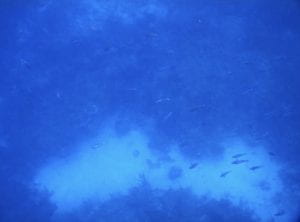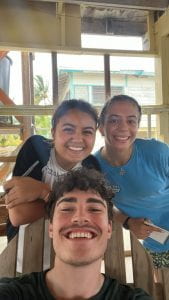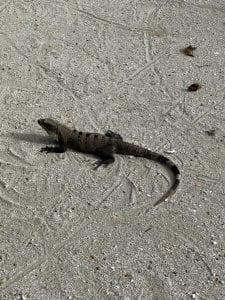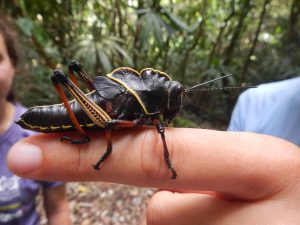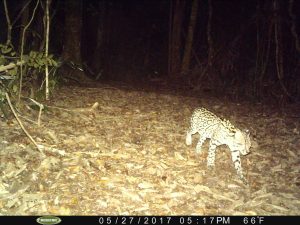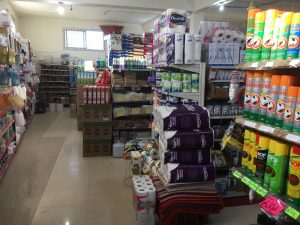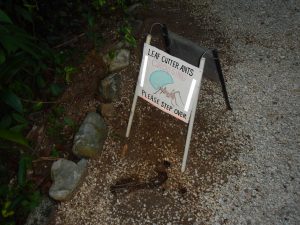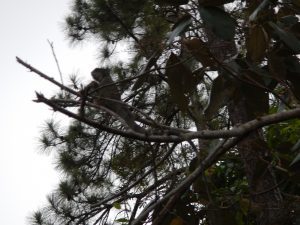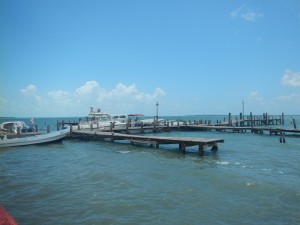Today was an absolutely insane day. It started by leaving Las Cuevas (still sad about that part). We drove for about 2 hours until we got to Actun Tunichil Muknal Cave (or ATM Cave). I had been previously warned that this would be an adventure like no other, but even with all the hype surrounding today, the cave caught me by surprise.
(ATM entrance)
We swam into the cave’s wide open mouth and walked/swam through the cave for about an hour. In the water section of the cave, we saw incredible stalactites and stalagmites, bats roosting together, cave catfish, cave crickets, and cave spiders.
After about an hour of trekking through the watery cave system, we climbed up into a dry chamber. This cave system was used by the Mayas as a sacred ground for praying to gods of rain, corn, and the underworld. This specific cave was used as a location of often human sacrifice during the draught that wiped out their agriculture between 800 and 1000 AD. We saw calcified skeletons, broken and not broken pots and dishes, and fire pits used to light the cavern.
After we trekked back out of the cave and walked back to the van, I saw yet another basilisk lizard!!!!!! It was much larger but the same species as the one I caught yesterday (striped basilisk). I also saw two 7 ish inch long rose bellied lizards on the side of the trail which were incredibly fast after sitting in the sunlight. I did not get a great look at any of these lizards, but they were still cool.
Tonight, we went on a night tour of the Belize Zoo. We saw their rescued jaguars, ocelots, puma, margays, tapirs, paca, and crocodile. The jaguars were majestic so were super cool to watch.
(Jaguar!)
We did have one incident with an iguana however. It was a wild iguana that was resting too close to one of the electric fences, so our guide poked it to make it move. Instead of making it move a little however, this iguana SPRINTED away from us and then SPRINTED back right at us. My life flashed before my eyes. I do not know what this iguana could have done to me, but this iguana was so intense with its run. The iguana ran right into my leg and over my feet as well as right into two of my peers feet.
(demonic iguana)
Today was incredible and I want to do it again as soon as possible. But… TOMORROW IS TIME FOR REEF BIOLOGY! See you then!
Claire C




